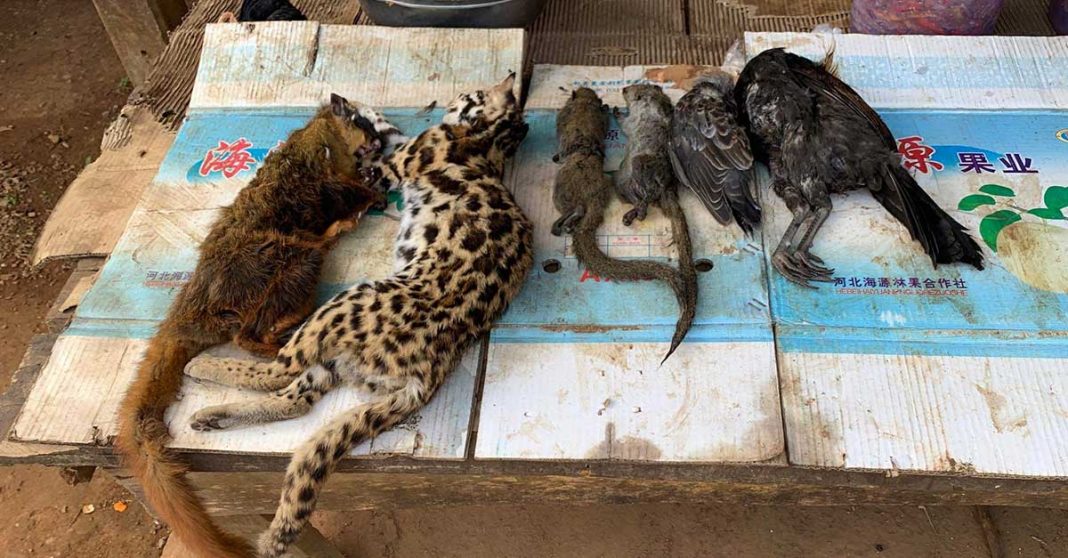A new scientific study funded by the European Union and published in the journal Emerging Infectious Disease has tested animals sold for food from several trade sites and roadside stalls around Laos.
Researchers found that more than 20% of the animals tested were positive for zoonotic diseases, infectious diseases which originate in animals and have the ability to infect humans.
Leptospira, which causes flu-like symptoms and, less often, a dangerous infection called Weil’s disease, was the most common bacteria found in the study.
It is one of the main causes of fever in rural Laos.
Leptospira was found to be especially common in squirrels, which are often sold in Laos in bunches of two or three. Researchers found that, statistically, someone buying three squirrels in Laos has an 80% chance of coming in contact with leptospira.
Troublingly, researchers found that disease in Lao wildlife markets was “ubiquitous”: of the 11 sites where scientists studied wildlife trading, ten had one or more animal-borne diseases.
While hunters, animal vendors, and consumers of wildlife are all at risk for disease, this study found that hunters are maybe the most at risk of contracting diseases from the animals they capture and kill for sale.
The study’s findings highlight the importance of ending the wildlife trade in order to maintain health and prevent future pandemics.



